
High-rise cats and teacup dogs: why Hong Kong pet surgery poses unusual challenges for animal doctors
Tiny dogs snapping their toothpick bones, cats with multiple fractures after a fall from a high-rise, snub-nosed dogs with heatstroke – a Hong Kong specialist in veterinary surgery takes us through the operations she most often performs
Hong Kong’s high-rise living and tiny flats pose unusual challenges not only for their human occupants but for their pets.
Of the cats that live several storeys up, a significant number end up victims of what veterinary surgeons call “high-rise syndrome” – multiple injuries caused by falling to the ground from a window ledge or balcony.

Then there are the broken teacups – those tiny miniature dogs so suited to shoebox apartments, but whose limbs snap, in surprisingly predictable ways, when they wriggle out of someone’s arms and fall to the floor.
Hong Kong, and subtropical cities like it, pose a challenge of a different kind for snub-nosed dogs – one that often requires surgical intervention.
People here feel the same way about their pets that others feel about children
Dr Alane Kosanovich Cahalane, specialist in veterinary surgery and CEO of the Veterinary Specialty Hospital (VSH) in Wan Chai, talked the Post through some of the operations she performs more of in Hong Kong than vets elsewhere would expect to tackle.
It’s raining cats
Hong Kong has more high-rise buildings than any other city in the world. Because of that, one of the most common types of surgery Cahalane performs is on the broken bones of cats that have fallen from a great height.
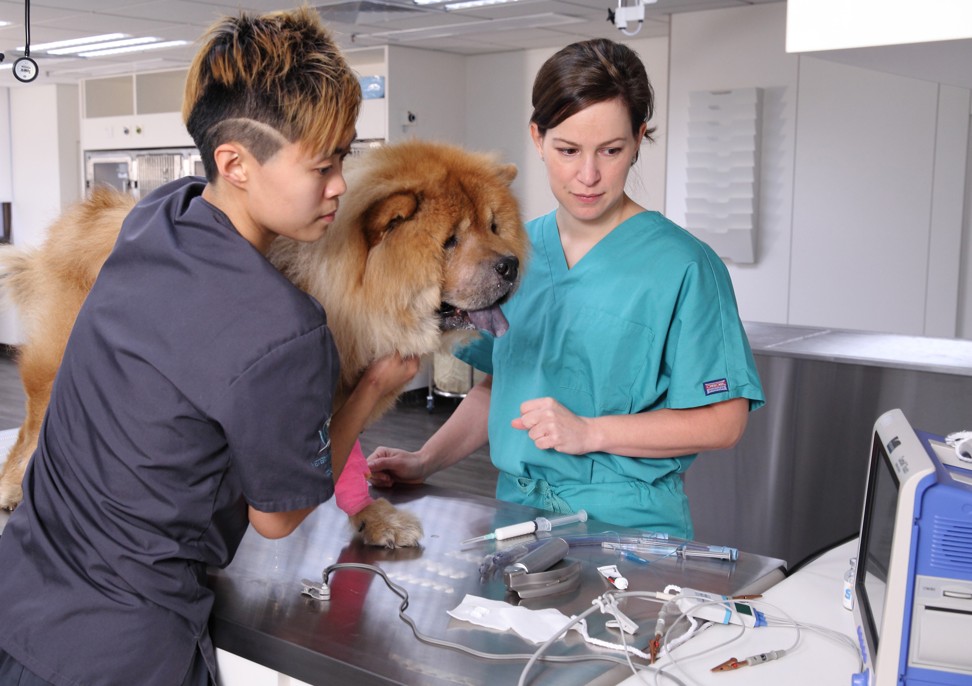
“We call it high-rise syndrome,” Cahalane says. “Because cats really do land on their feet, we see the same collection of injuries over and over again from that impact.”
The first place of impact, she explains, is the feet, so bones will likely be broken there. The next thing that hits the ground is the abdomen, so they can have internal injuries to their belly or chest: internal bleeding, damaged liver, or maybe the pancreas will become inflamed, leading to pancreatitis.
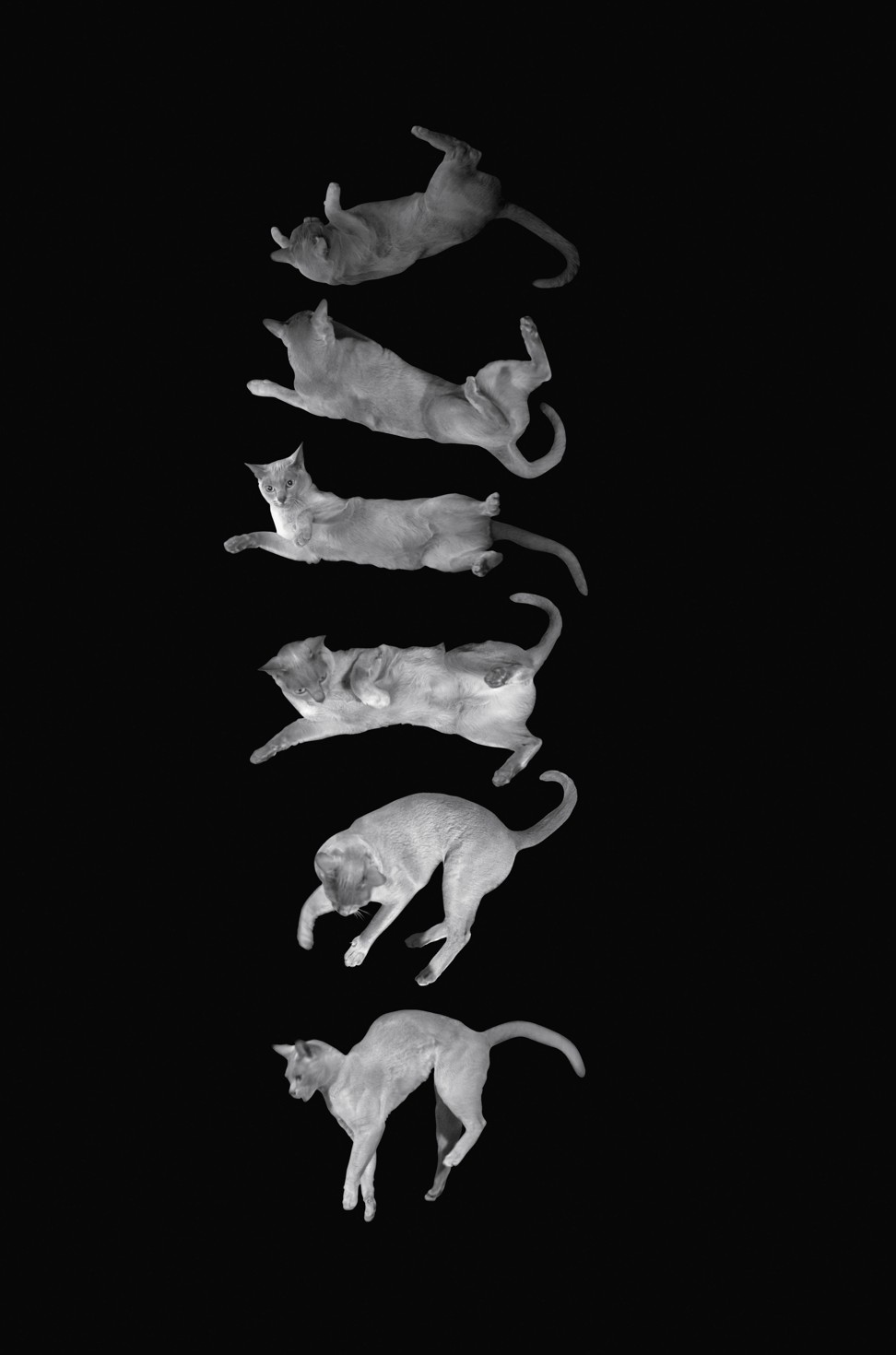
The last thing to hit is the jaw and the face; their jaw can fracture, usually in the temporomandibular joint (where the jawbone connects to the skull). There can potentially be some head trauma as well.
“With the jaw, there can be just the tiniest fracture. If it’s not documented at the time of injury, you can’t know what to expect later; you can have jaws freeze up or lock because they fuse from that injury,” Cahalane says. “That’s one I see over and over again in cats and is the reason I have started recommending high-detail CT scans for every cat that falls from a high building.”
Dogs in summer: five things Hong Kong owners should not do
The main cause is simply cats playing near open windows. “Accidental falls, kittens being naughty or playing around, thinking they can balance on a window ledge and they can’t. They really just don’t know better,” Cahalane says.
“If you have a have a cat that’s toying with the window sill, then it’s probably best to keep the window closed.”
Suffocating dogs
The main way dogs cool down is by panting, which circulates air between their nose, mouth and lungs. Any obstruction to that air flow can affect the ability to regulate their body temperature. But flat-faced dog breeds such as pugs and French bulldogs are often born with obstructed airways because of their short noses, making them particularly susceptible to heatstroke – especially in a climate like Hong Kong’s.
“Imagine you’re drinking a milk shake through a tiny little straw. The extra suction that it takes to do that is the same thing that these dogs are experiencing when they breathe,” Cahalane says. “They have to work extra hard to pull in air because their airways are so small and narrow.”

Due to the popularity of these breeds in Hong Kong and the fierceness of the summers, Cahalane has performed many laryngeal surgeries, or airwave-widening procedures, on flat-faced dogs. She even recommends that owners get surgery done pre-emptively – or at least have their pet checked to see if they have normal-sized airways – to avoid heatstroke-related issues down the line.
“When a dog like that is very young and has an abnormal airway, the airway can only get worse. But there are parts of the airway that we can pre-emptively make wider, like the nostrils and the soft palate, which can set the dog up for a more comfortable and functional life.”
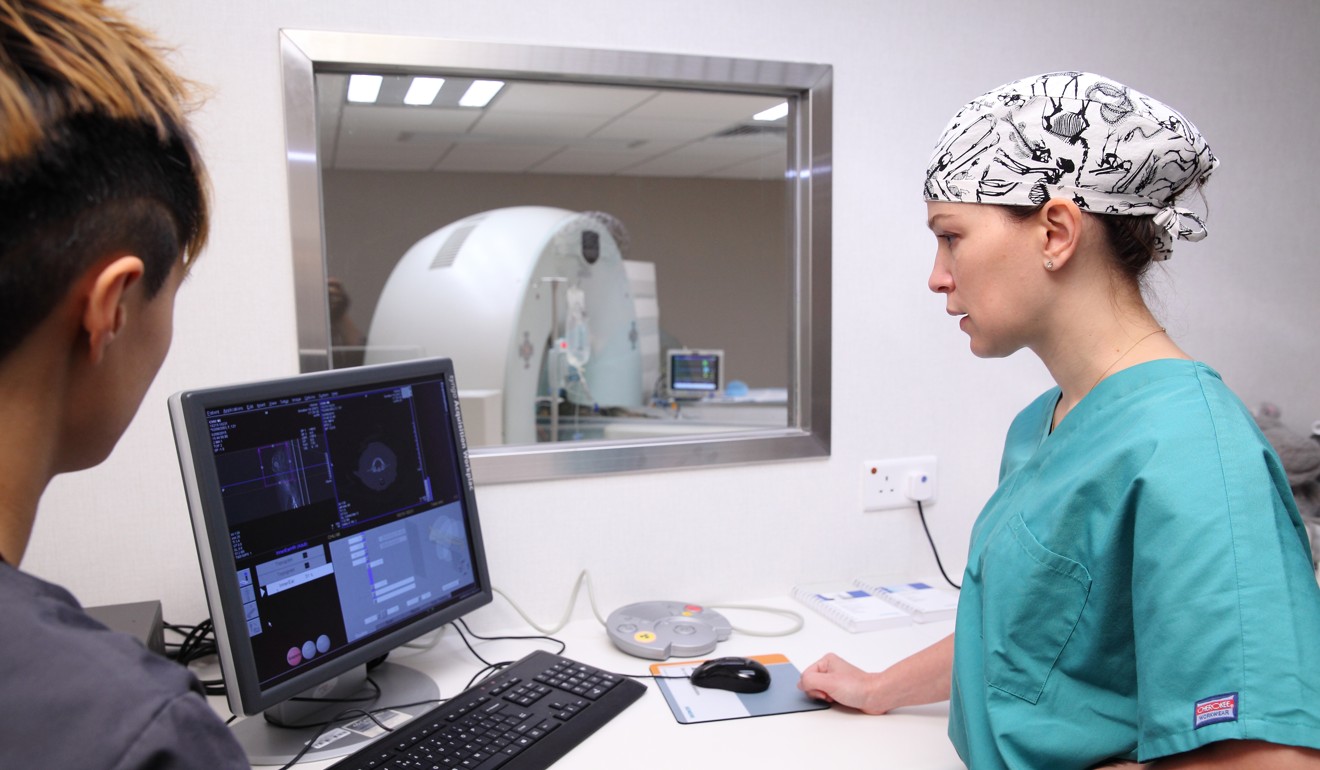
She recalls an older English bulldog called Bruce who came to her surgery with a knee problem, but she noticed there were also problems with his airway. She operated on both the knee and the airway, and after Bruce returned home, his owner reported back to say he was acting like a puppy again.
“Here was a dog that hadn’t been oxygenated normally his whole life, and all of a sudden he has all this oxygen and he’s playing with his toys and running around and doing all these things that dogs are supposed to do.”

Broken teacups
They’re the ultimate pocket pet and Hongkongers love them: toy and teacup dogs that can be cradled in one hand and carried around in handbags, light as a feather. But tiny little dogs mean tiny little bones, and when dropped accidentally as they wriggle out of someone’s arms, one of the biggest problems is broken front legs.
“It’s almost always the same fracture – the same orientation of the break in the bone, the muscles pulling the broken piece of bone in the same direction,” Cahalane says.
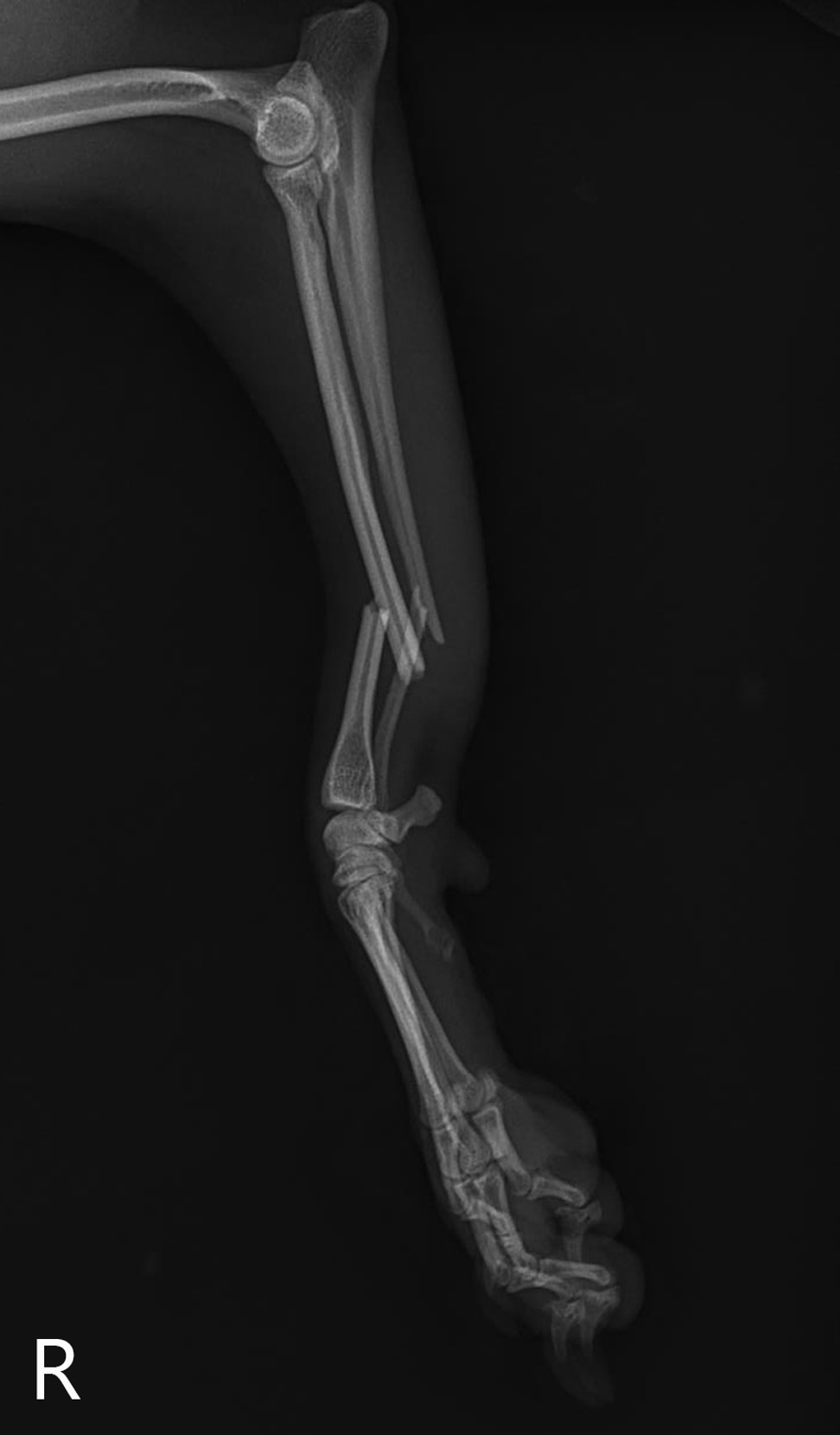
Some general practitioners will try to fix such breaks with bandages, splints or casts, but Cahalane says they really need to be treated surgically to improve the chances of success.
“They’re such tiny little bones – it’s like trying to line up two toothpicks in a straight line with forces acting on them in different directions,” she says. “We use a stainless steel or titanium plate and screws, and sometimes a brace outside the leg to get the bone lined up so that it heals properly.”

Battling the big C
When Cahalane worked in the US, the euthanasia discussion often came up whenever cancer was diagnosed. But in Hong Kong, she says, most owners don’t want to have that talk if there is anything that can possibly be done to make the pet feel better and live longer.
“So we do a lot of cancer surgery,” she says. “What I see a lot are tumours in the spleen or the liver and those can be critical because the patients have lost lots of blood. We also frequently see tumours on the body that require big-deal surgeries to be removed.”
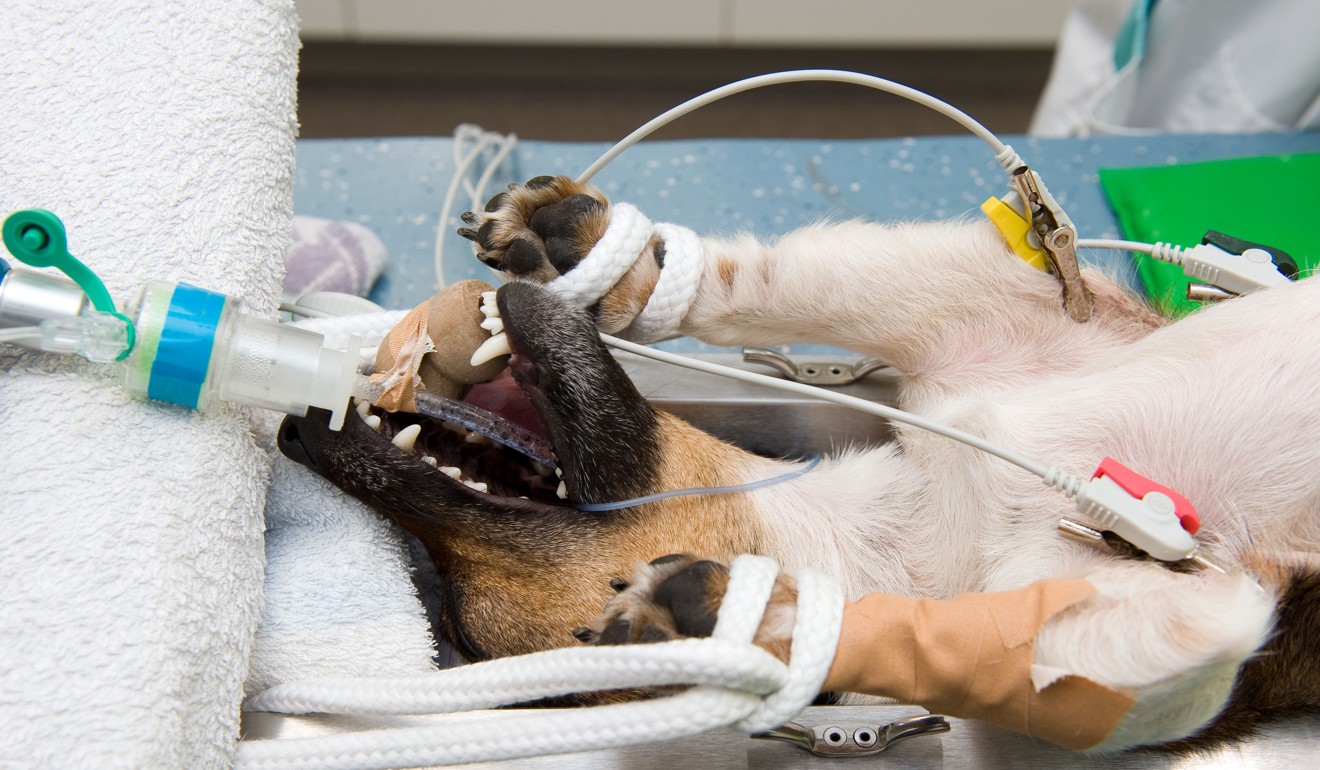
One thing Cahalane has noticed in Hong Kong is that there seems to be a higher proportion of cases of hemangiosarcoma – a tumour of the spleen, and sometimes of the heart – than in the US.
“It would take a real scientific study to know that for sure, but in North America you see the disease almost exclusively in big dogs like Bernese mountain dogs, golden retrievers and German shepherds.
They’re such tiny little bones – it’s like trying to line up two toothpicks in a straight line
That’s true of big dogs in Hong Kong as well, but we also see it in breeds like Yorkshire terriers, West Highland terriers and Scottish terriers – smaller dogs that you wouldn’t expect to see it in other parts of the world. It could be because of the breeding here, but more research is necessary to be certain.”
Cancer treatment can be expensive, but it is by no means just wealthy owners who choose to get it done.
“I have many clients that aren’t wealthy at all but they figure out a way,” Cahalane says. “They will go to great lengths for just a few extra months with a pet. They don’t just do it because they feel it’s their obligation to treat their pet like a family member; they truly do it out of love. People here feel the same way about their pets that others feel about children.”

